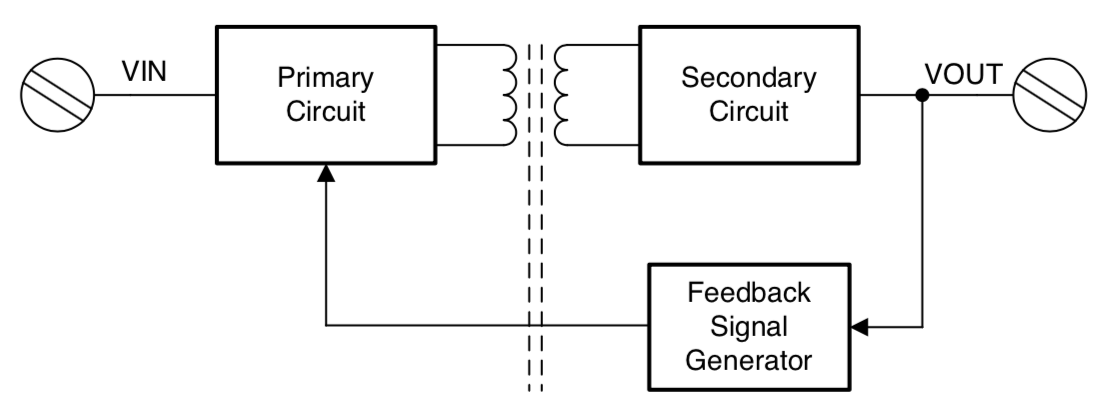Hi,
In some early designs we've had an issue with over-voltage on isolated side of ISOW7841 (~7V instead of 5V), not knowing what is the cause of this.
One solution to protect the load downstream would be to use Zener diode. However I am more in favor of solution along the lines stated in the AppNote  .
.
Would something similar work with ISOW7841 and self-correct it or should I use an optocopupler to pass the feedback signal to the primary side and re-start ISOW7841?
What is the possible cause of over-voltage and could it be prevented in the first place?
Thanks,
Goran



